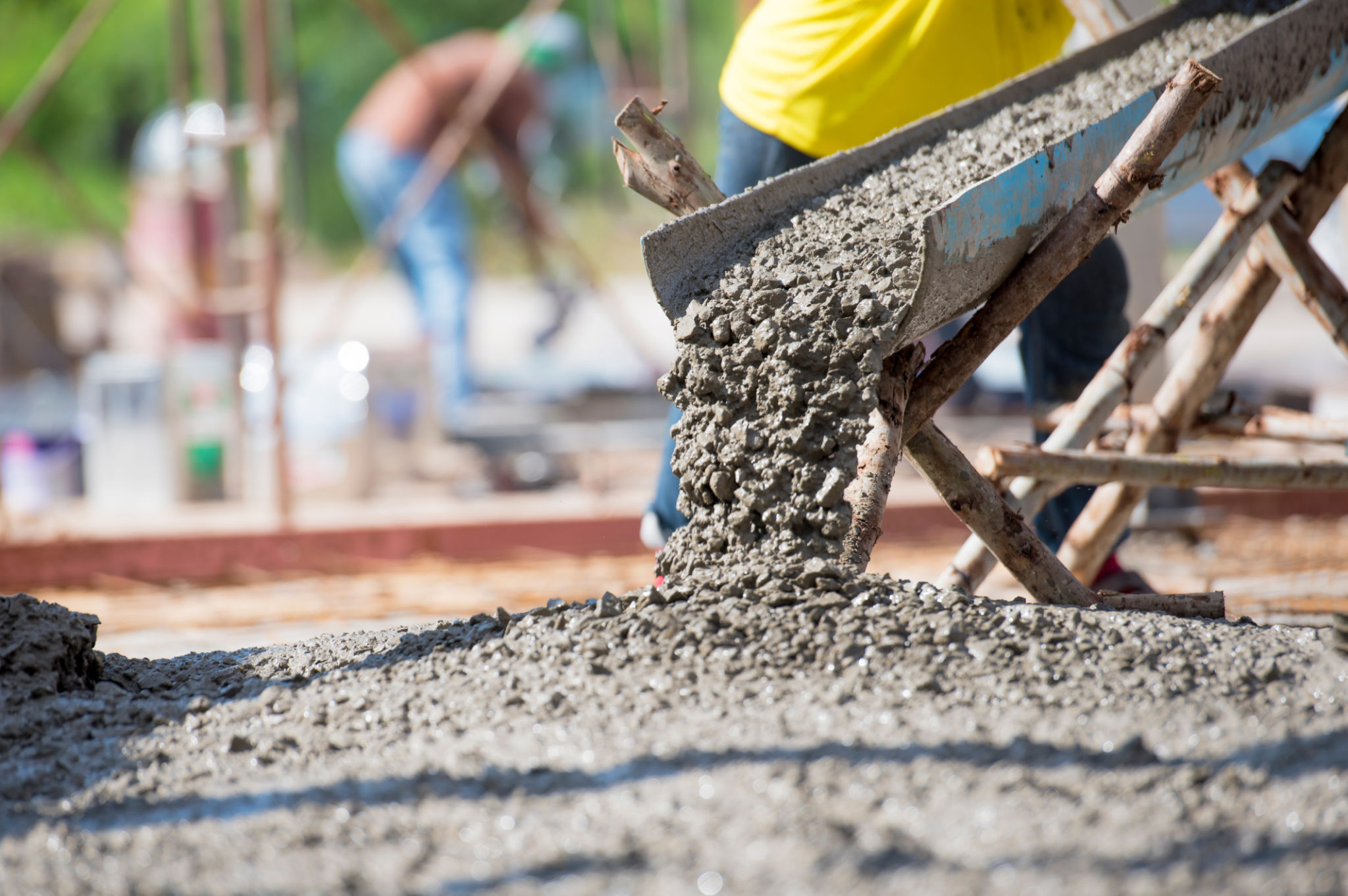Expert Advice: Avoiding Common Mistakes in Concrete Placing
Understanding the Basics of Concrete Placing
Concrete is a fundamental material in construction, known for its durability and versatility. However, placing concrete is an art that requires precision and expertise. Mistakes during this phase can lead to significant structural issues. Understanding the basics of concrete placing is essential to ensure a sturdy and long-lasting structure.
Whether you're working on a small DIY project or a large-scale commercial build, mastering the fundamentals will set the foundation for success. Proper planning, preparation, and execution are key. Here are some common pitfalls to avoid during the concrete placing process.

Preparing the Site Properly
One of the most common errors in concrete placing is inadequate site preparation. Before pouring concrete, ensure that the site is thoroughly cleaned and prepped. Remove any debris, vegetation, and topsoil, and compact the subgrade to provide a stable base.
Moreover, proper formwork and reinforcement need to be in place. The formwork should be strong enough to withstand the weight of wet concrete and accurately shaped to achieve the desired dimensions. Failing to address these aspects can lead to uneven surfaces and structural weaknesses.
Mixing Concrete Correctly
Another frequent mistake is incorrect concrete mixing. The ratio of water, cement, sand, and aggregate is crucial for achieving the desired strength and durability. Using too much water can weaken the mix, while too little can make it difficult to work with.
Experts recommend using a concrete mixer for consistent results. Ensure that you follow the manufacturer's guidelines for mixing proportions. If you're unsure, consulting with a professional or referring to industry standards can help you avoid potential pitfalls.

Monitoring Weather Conditions
Weather conditions play a crucial role in concrete placing. Extreme temperatures, rain, or wind can adversely affect the curing process. Placing concrete in hot weather can accelerate drying, leading to cracks, while cold conditions can delay setting.
It's vital to monitor weather forecasts and plan your concrete placement accordingly. If conditions are unfavorable, consider using additives or curing compounds designed to mitigate these effects.
Avoiding Overworking the Concrete
Once the concrete is placed, it's important not to overwork it. Excessive troweling or finishing can lead to segregation of materials and weaken the surface. Instead, allow the concrete to settle slightly before starting the finishing process.
Utilize appropriate tools and techniques for finishing, such as bull floats or magnesium floats, which ensure smooth surfaces without compromising the integrity of the mix.

Ensuring Proper Curing
Curing is a critical step that influences the final strength of concrete. Inadequate curing can cause surface defects and reduce durability. The curing process involves maintaining adequate moisture, temperature, and time to allow concrete to achieve its potential strength.
Typically, curing should last at least seven days for most mixes. Techniques such as covering with wet burlap, using curing compounds, or employing water sprays can help maintain the necessary conditions for effective curing.
Conclusion
Avoiding common mistakes in concrete placing requires attention to detail and adherence to best practices. By focusing on proper site preparation, correct mixing, monitoring weather conditions, avoiding overworking, and ensuring proper curing, you're well on your way to achieving a durable and reliable structure.
Remember that investing time and effort in these steps not only enhances the quality of your project but also extends its lifespan. For those new to concrete work or unsure about specific aspects, consulting with skilled professionals can provide valuable insights and help avoid costly errors.
